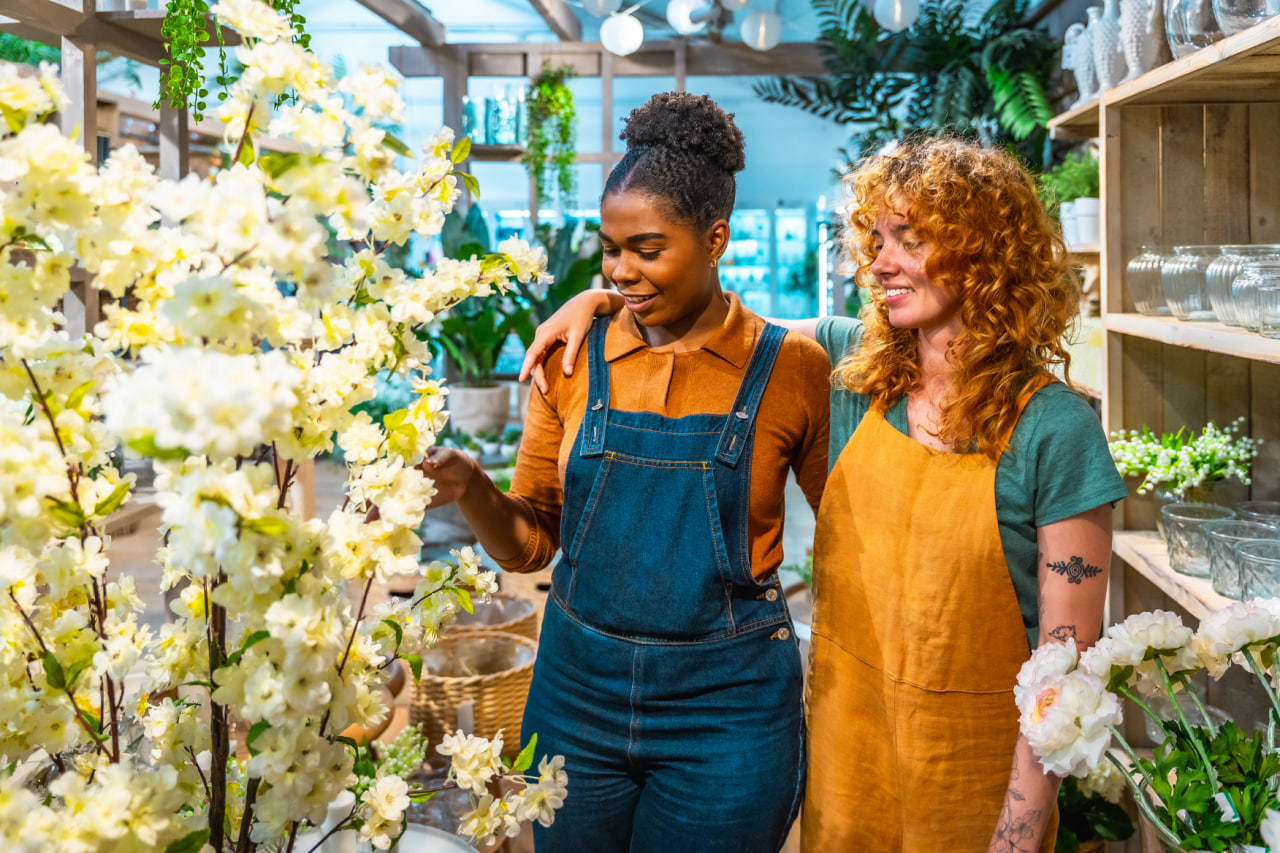Eco-Friendly Wedding Floristry: Sustainable Practices for Stunning Arrangements
The Importance of Sustainability in Modern Weddings
Weddings are beautiful celebrations, but they can also generate a significant environmental footprint. From imported flowers with high transportation emissions to single-use floral foam and excessive packaging, traditional floral practices often come at a cost to the planet. Eco-friendly wedding floristry seeks to change that by blending beauty with responsibility. This approach ensures that floral arrangements not only create stunning visuals for the big day but also respect and protect the natural environment. As more couples prioritize sustainability, eco-conscious floristry has become a meaningful way to align wedding aesthetics with personal values.
Choosing Locally Sourced and Seasonal Flowers
One of the most effective ways to make wedding floristry sustainable is to use locally grown, seasonal flowers. Locally sourced blooms reduce the carbon footprint by minimizing transportation distances and supporting regional growers. Seasonal flowers are also fresher, often lasting longer during the event. For a spring wedding, this might include tulips, daffodils, or lilacs; summer weddings could feature sunflowers, zinnias, and dahlias; autumn offers chrysanthemums and marigolds; and winter can bring beauty through evergreens, berries, and hardy blooms like amaryllis. By embracing the natural beauty of each season, couples can create arrangements that feel authentic and connected to their wedding date.
Eliminating Floral Foam and Harmful Materials
Floral foam, often used to structure arrangements, is made of non-biodegradable plastic that releases harmful microplastics into the environment. Eco-friendly florists are replacing it with sustainable alternatives such as reusable chicken wire, natural moss, or compostable floral mechanics. Wrapping bouquets in biodegradable fabrics, recycled paper, or natural fibers instead of plastic sleeves also makes a big difference. These small material choices collectively reduce waste and help ensure that the beauty of the wedding doesn’t come at the cost of environmental harm.
Incorporating Potted Plants and Reusable Elements
Instead of relying solely on cut flowers, many sustainable florists integrate potted plants, herbs, or small trees into wedding décor. These living plants can be gifted to guests, donated to community gardens, or replanted by the couple after the celebration, extending their life well beyond the wedding day. Additionally, using reusable vases, jars, and decorative containers eliminates single-use waste and allows for creative design options. Lanterns, baskets, and wooden crates can be incorporated for rustic or bohemian themes, while elegant ceramic vessels suit more formal settings.
Repurposing Arrangements Throughout the Event
A practical way to make floristry more sustainable is to repurpose arrangements for different parts of the wedding. Ceremony flowers can be moved to the reception area, aisle arrangements can become table centerpieces, and large floral installations can serve as photo backdrops. This approach not only reduces the number of flowers needed but also maximizes the visual impact of each arrangement. Coordinating with the florist and venue staff ensures smooth transitions between ceremony and reception setups.
Supporting Ethical and Organic Flower Farming
Choosing flowers from farms that follow ethical and organic growing practices supports biodiversity and reduces chemical pollution. These farms often avoid pesticides and synthetic fertilizers, opting instead for natural pest control and soil-friendly methods. Many also prioritize fair labor practices, ensuring that workers are treated fairly and paid justly. Couples can ask their florists about sourcing from certified organic or Fair Trade suppliers to make their wedding floristry even more responsible.
Creating a Lasting Impact Beyond the Wedding Day
Eco-friendly wedding floristry doesn’t have to end when the last guest leaves. Leftover flowers can be donated to hospitals, nursing homes, or community centers, bringing joy to others and extending the life of each bloom. Dried flowers offer another sustainable option, as they can be preserved for years and used as keepsakes, home décor, or even incorporated into anniversary celebrations. By thinking beyond the wedding day, couples can ensure their flowers continue to inspire beauty and happiness long after the vows are exchanged.
Blending Beauty and Responsibility
Sustainable wedding floristry proves that couples don’t have to sacrifice elegance for ethics. Through thoughtful sourcing, eco-friendly materials, and creative reuse, it’s possible to create floral designs that are both breathtaking and kind to the planet. By working with a florist who shares their environmental values, couples can design arrangements that tell a story of love not only for each other but also for the world they share. This mindful approach leaves behind more than just beautiful memories—it contributes to a healthier, greener future.

